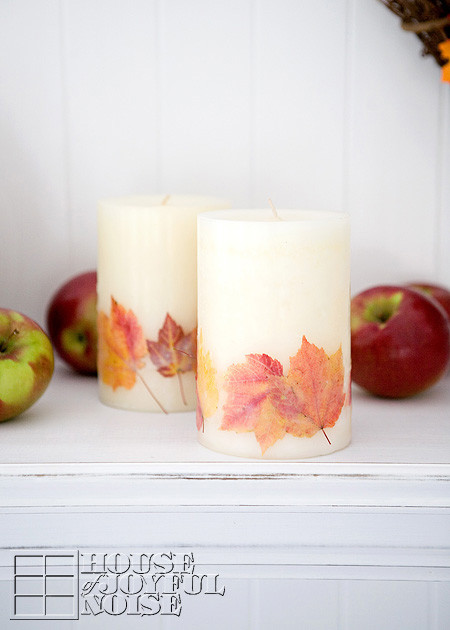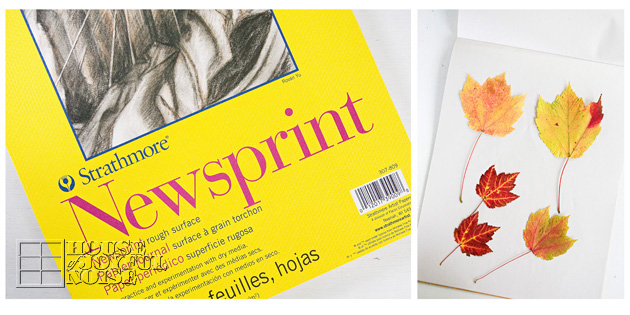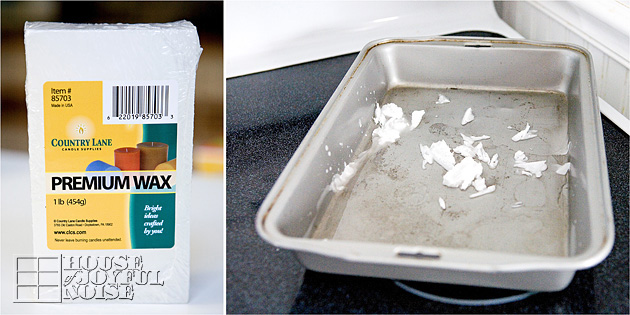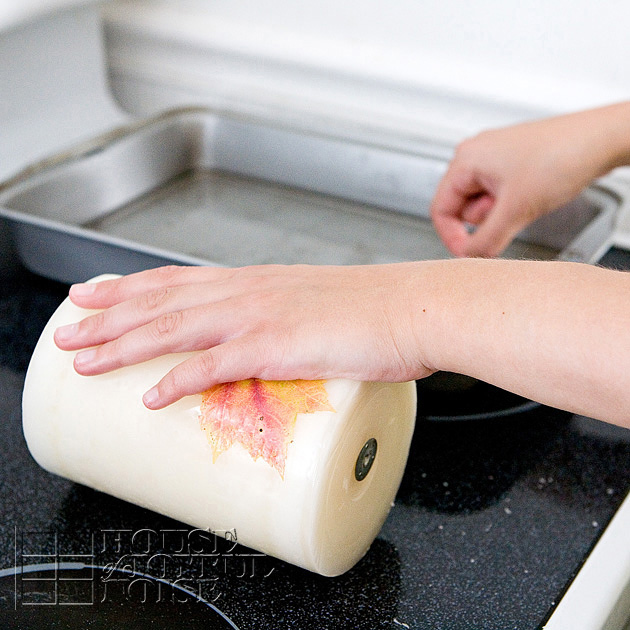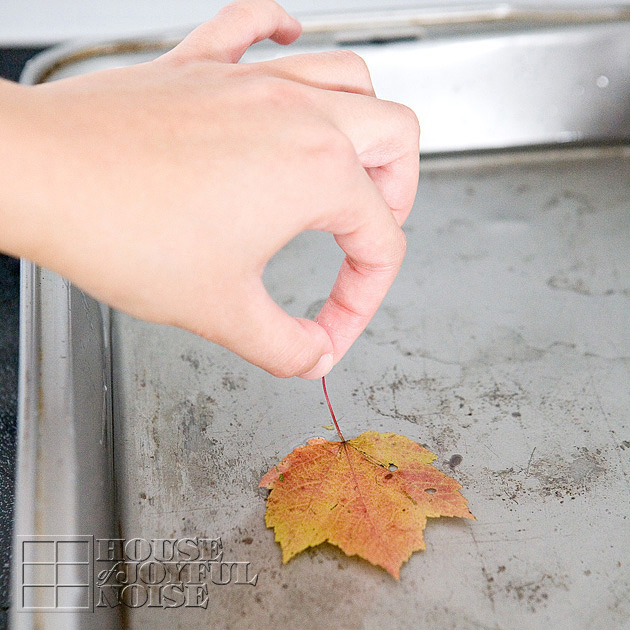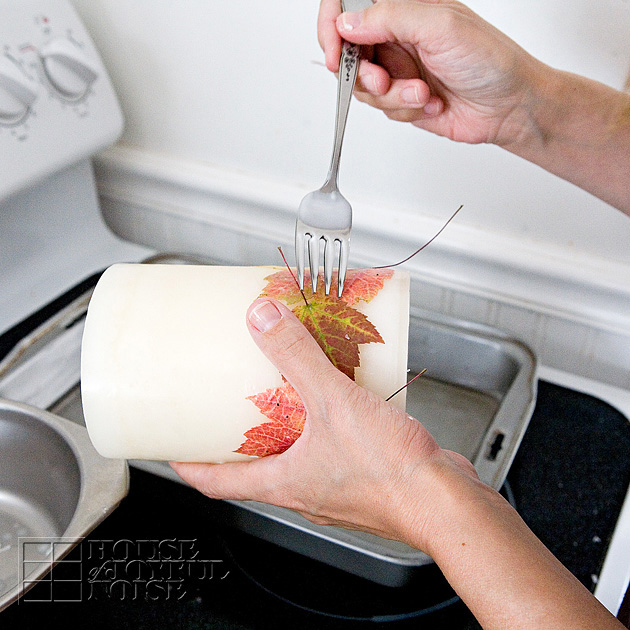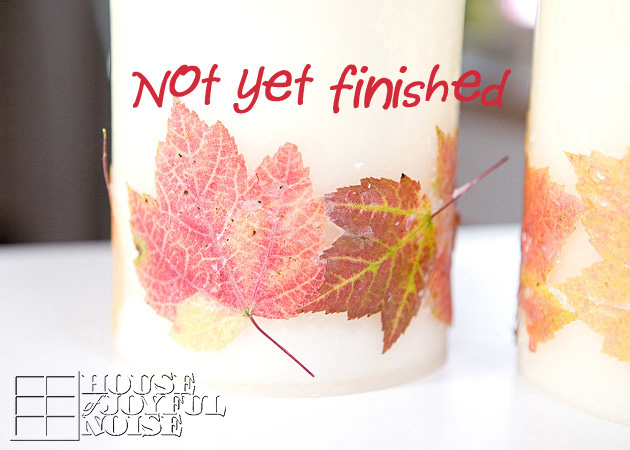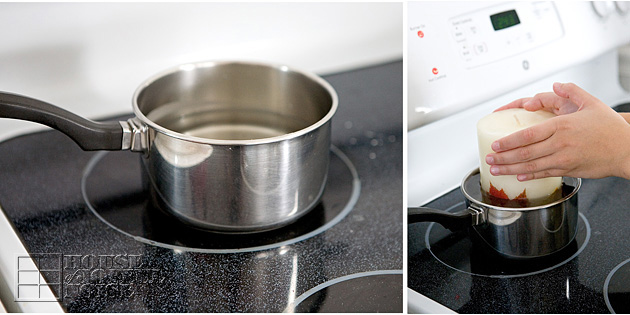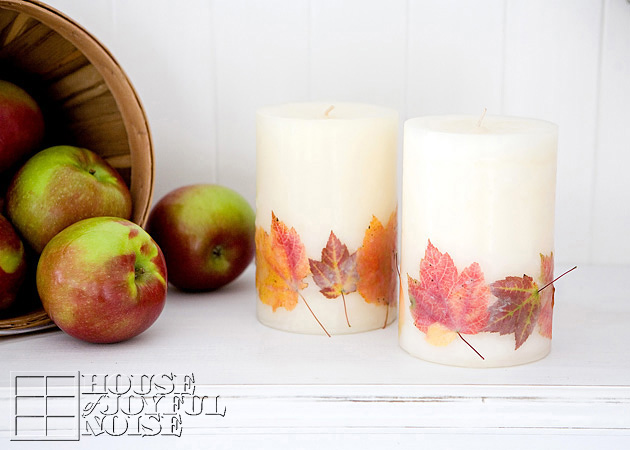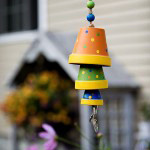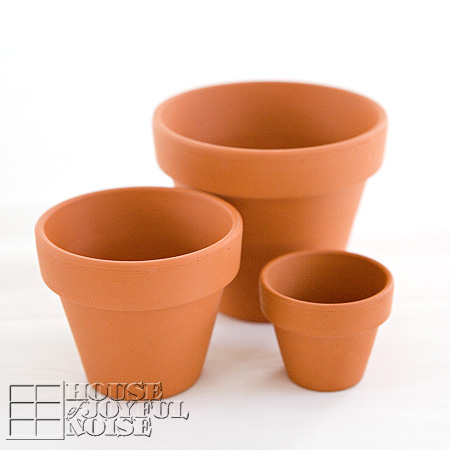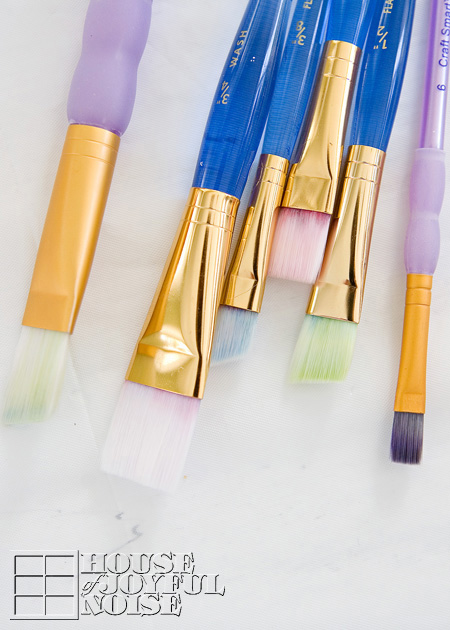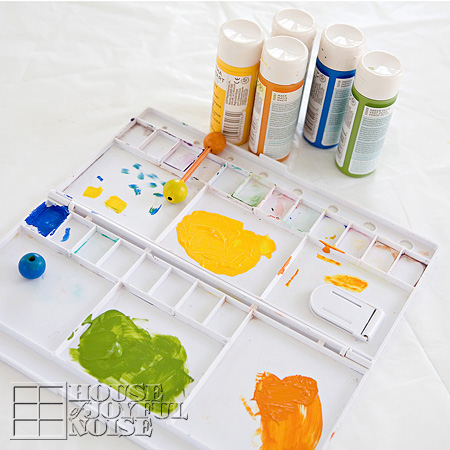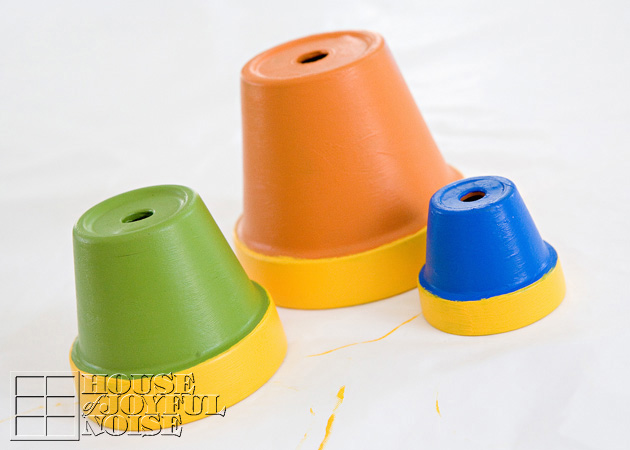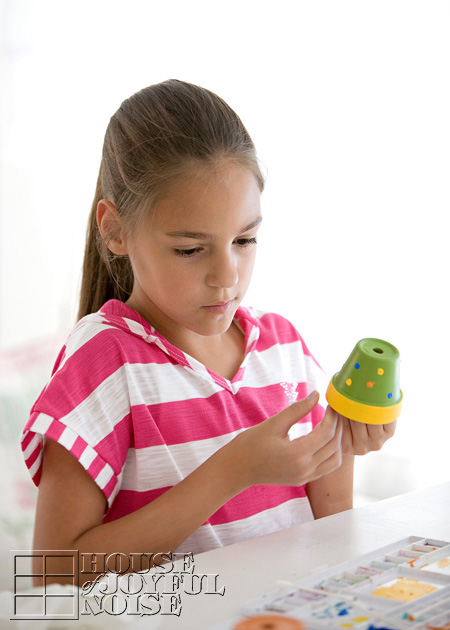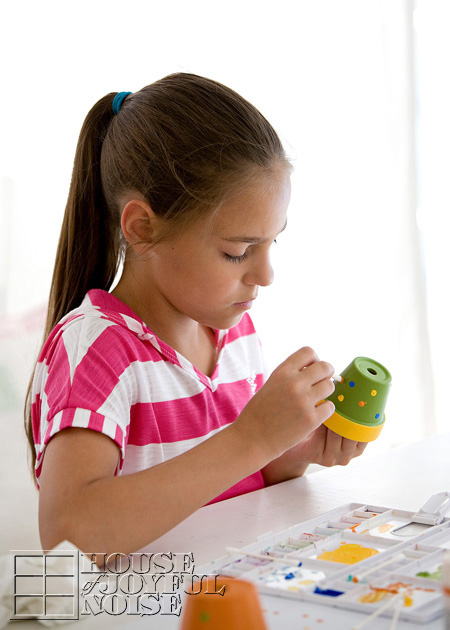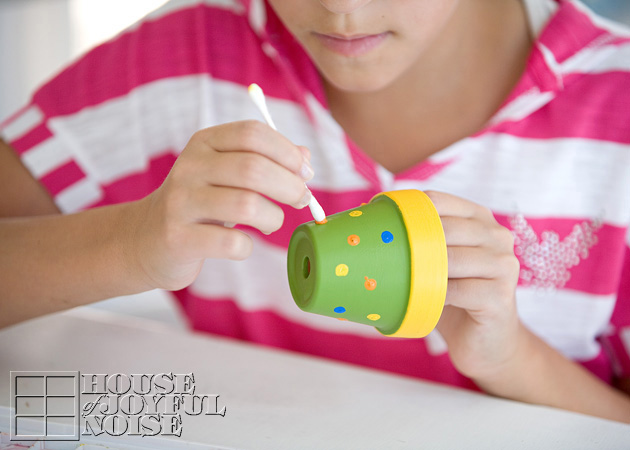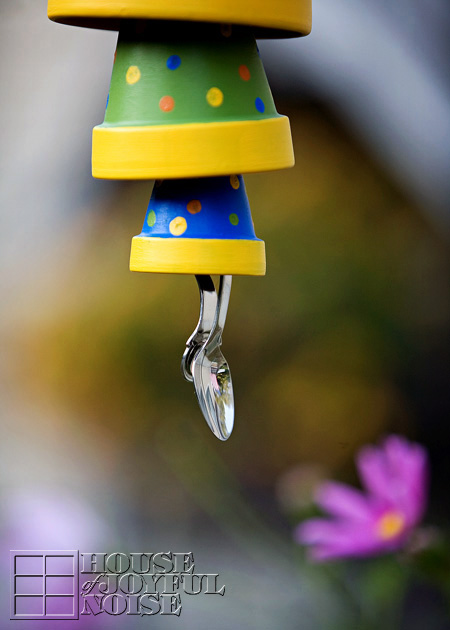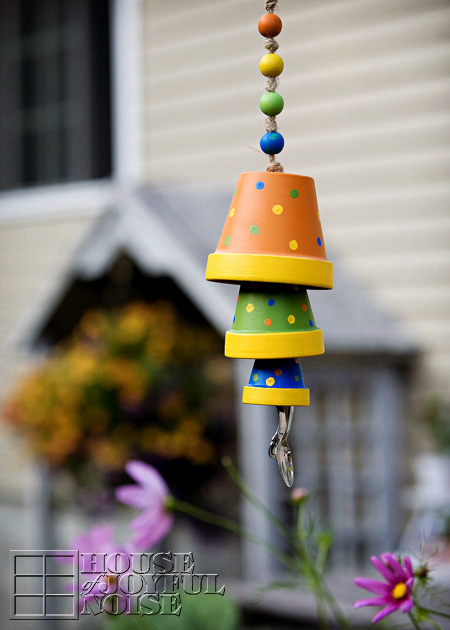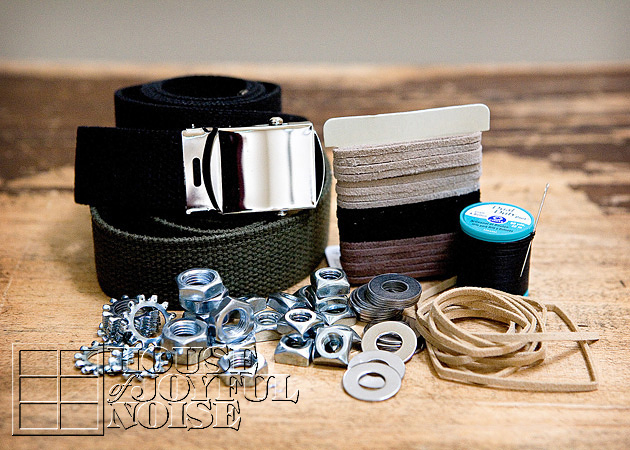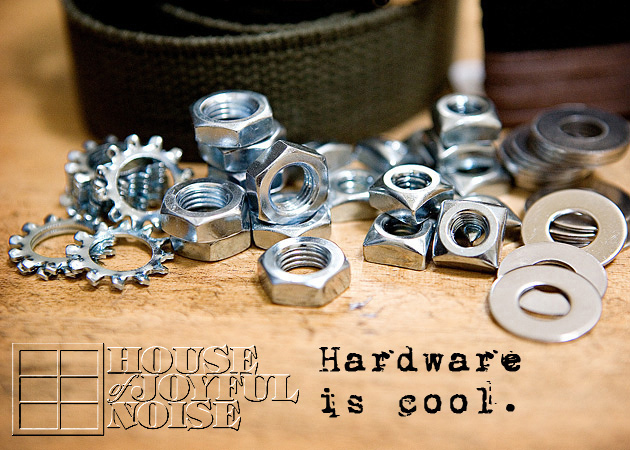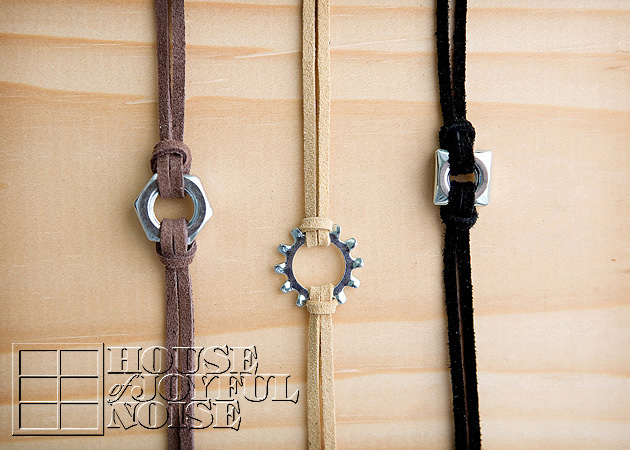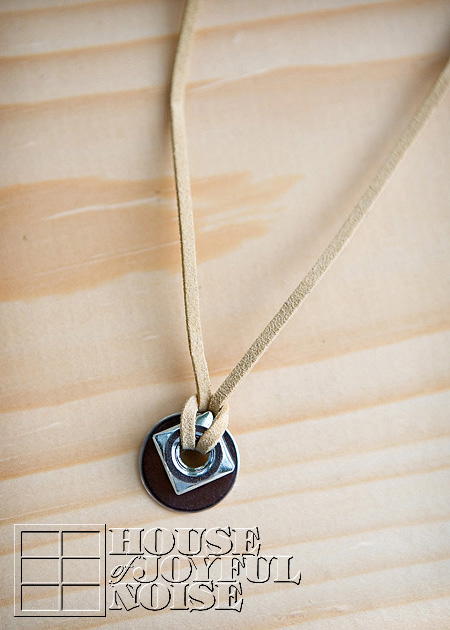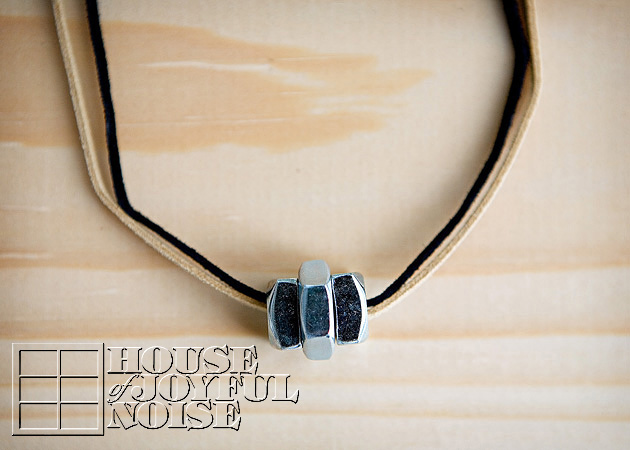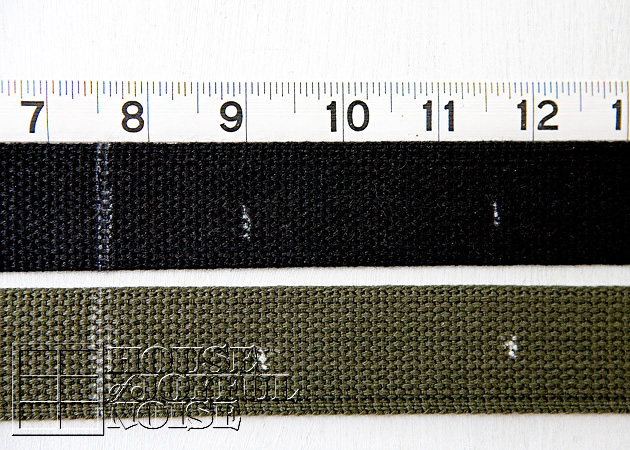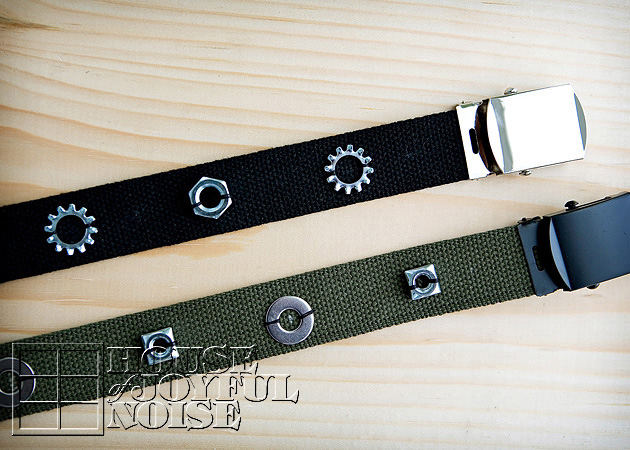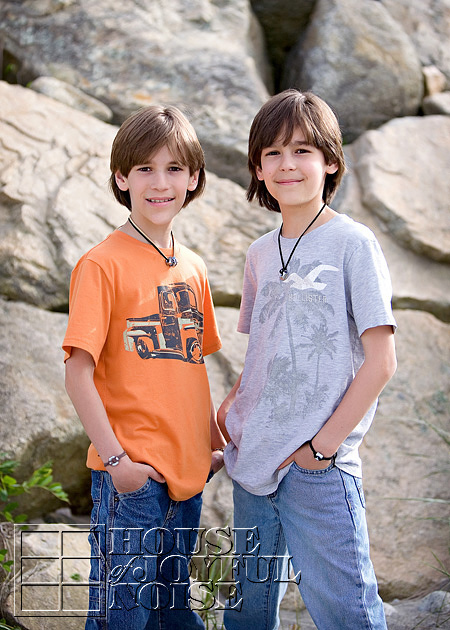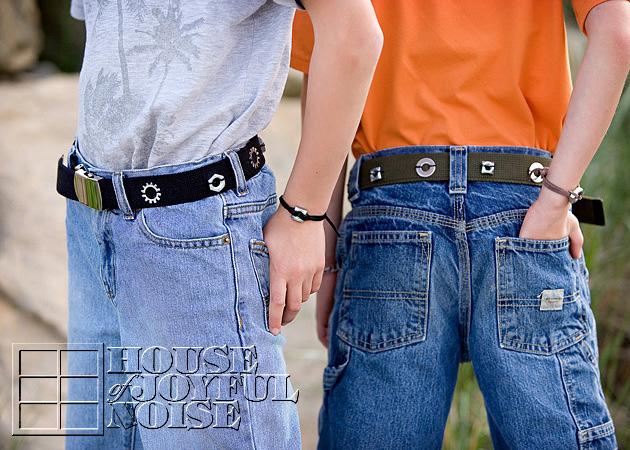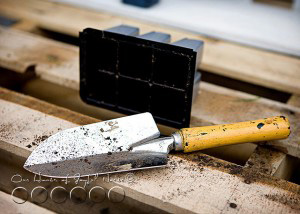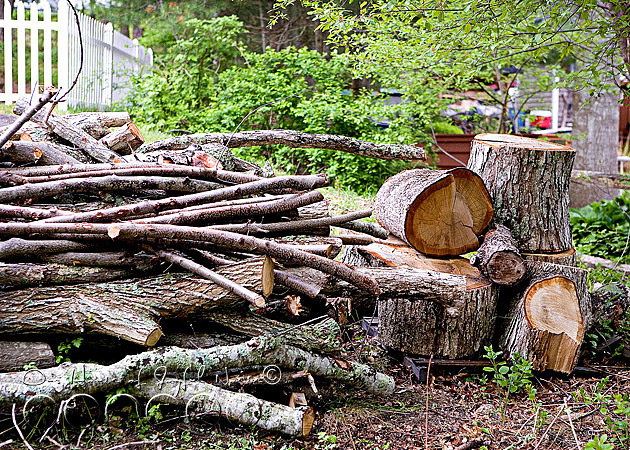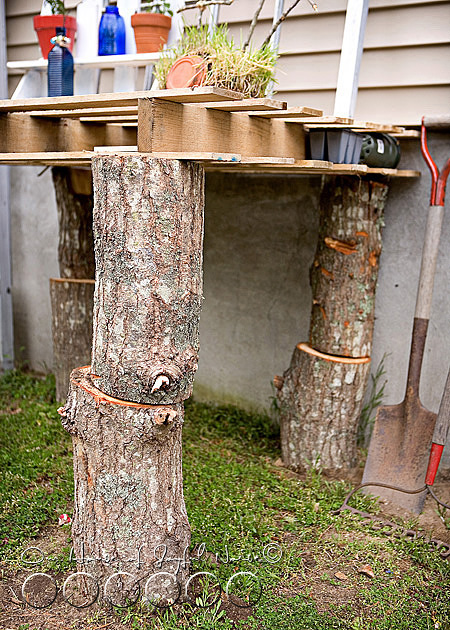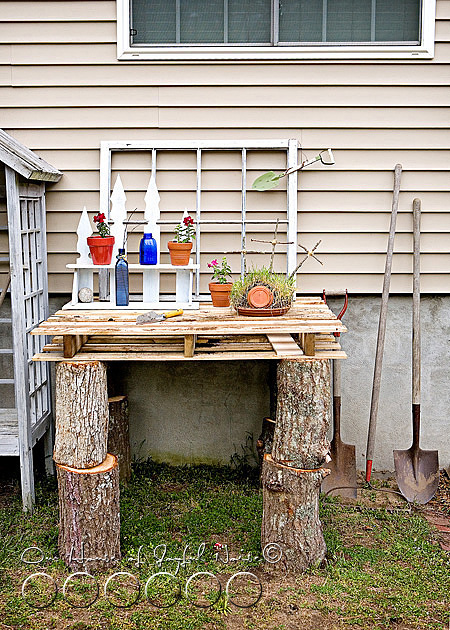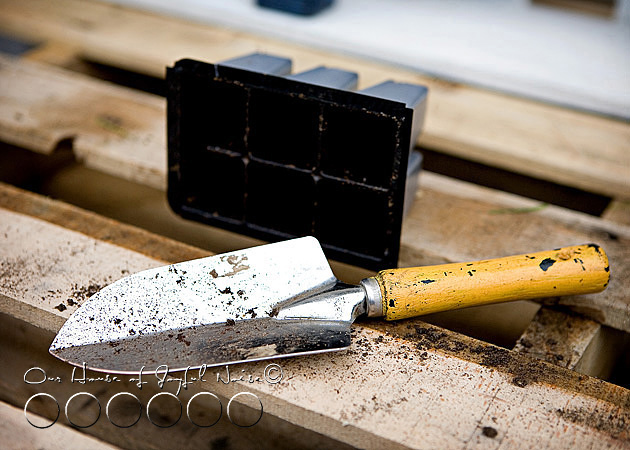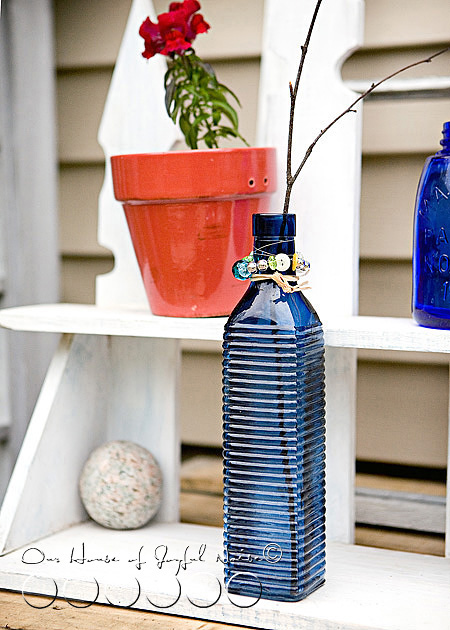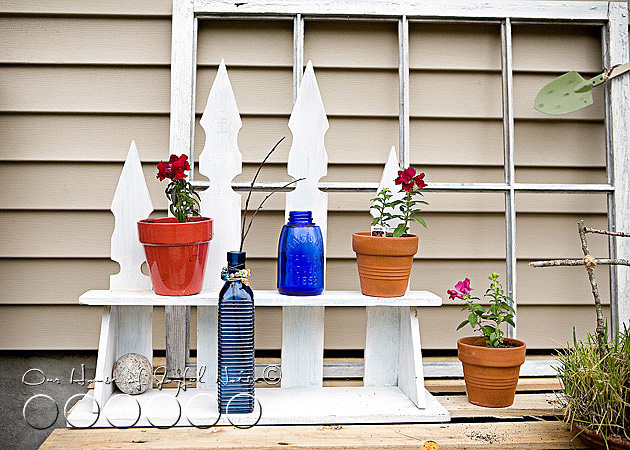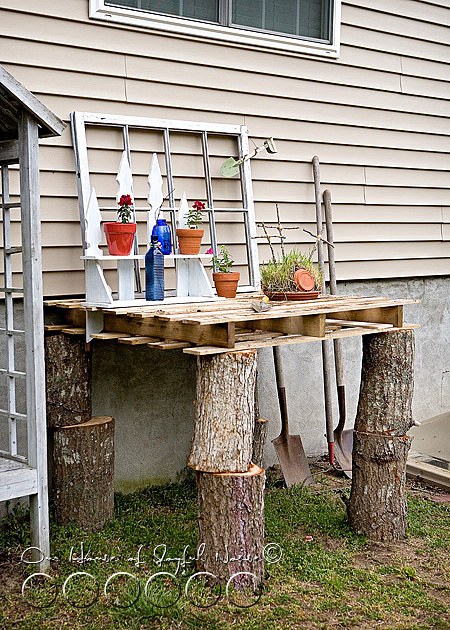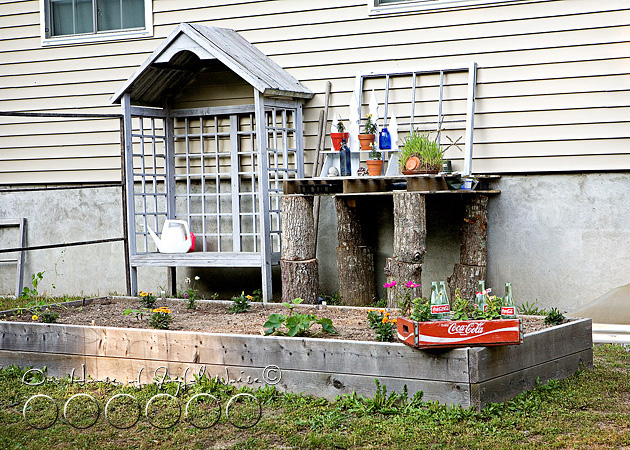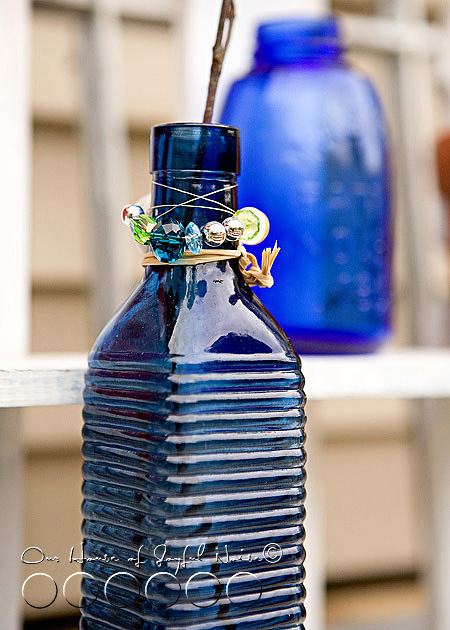We have always made eating dinner all together around the table every night, a high family priority. But quite honestly, making yet another family meal/dinner, is not always Michael or I’s favorite thing to do around here, towards the end of the day. Especially when both or either of us are in the middle of work, or some project, and need to stop what we are doing to go cook in the kitchen. But our disgruntled state can go from bad to worse, by the time we get the pots and pans we need out! Ugh!
I don’t know where you store your pots and pans. But we have had ours in a cabinet on the floor under the counter, for years. Forever, for as long as we’ve lived in this house, actually. So to start, we’ve had to bend way down there, or just go head and get on the floor, to get what we need out. Or, to put clean pots and pans away, for that matter! They only pile and nest so well, with some being the same diameter as others, but deeper pots. So there’s always a real tipping-factor going on. And then there are all of the covers!! So if all of the clinging and clanging isn’t enough to frazzle the nerves, everything falling out of the cabinet onto the floor, or sometimes onto our toes, will!
It’s about that time I remember THE WINE.
I don’t know what it is about a glass of wine, or something a little alcoholic, that makes cooking so much more bare-able. Sometimes even enjoyable, if you drink enough! Ha haha!
But I had gotten to the point where I had really had it, dealing with the pots and pans cabinet. And for years Michael and I had randomly mentioned getting one of those grand pots and pans racks, that suspend from the ceiling. But you know, time really gets away, when we both hate spending money. So on a recent Saturday, as I was headed out shopping with my oldest girl, I eluded to our pile of pallets outside by the wood shed, and said, “Just whip out something, please! It doesn’t have to be beautiful! I love rustic.” (Because this is most always a point of contention, between us.).
By golly, he did it! [Read more…]

